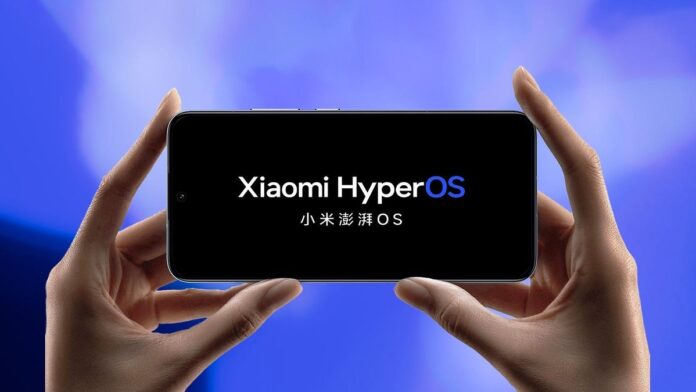Xiaomi, the popular Chinese smartphone, released its home-grown operating system, HyperOS, at the recently held “Leap Beyond the Moment” event in Beijing.
The company claims that HyperOS is a human-centric, smart ecosystem for personal devices, cars, and home products. It is set to replace its current MIUI system, which has been the company’s long-standing MIUI operating system behind Xiaomi’s Android devices for the past 13 years. It will not be based on Google’s Android but will work on the Android Open Source Project (AOSP).
Xiaomi HyperOS kernel, which is a fusion of Linux and Xiaomi’s self-developed Vela systems, allows it to work efficiently with several devices, irrespective of RAM size. The OS underlying layer supports over 200 processor platforms and over 20 standard file systems, covering hundreds of device types and thousands of SKUs.
It is touted to be lightweight and faster than MIUI, with a smaller firmware size of 8.75GB, in comparison to MIUI 14’s 13.09GB. The range of compatible device RAM sizes covers as small as 64KB to as large as 24GB.
Further, HyperOS is built on the foundation of the Android Open Source Project (AOSP). It comes with a brand-new user interface and several features that focuses on low-level refactoring, cross-end intelligent connectivity, proactive intelligence, and end-to-end security, promising a completely new system experience.
“Its mission is to unify all ecosystem devices into a single, integrated system framework. Our ultimate goal is to deliver peak device performance, ensure consistent user experience, and facilitate seamless connectivity across all Xiaomi devices,” the company said.
“Xiaomi HyperOS has undergone an extensive restructuring of technical modules, including the file system, memory management, imaging subsystem, and network system, all aimed at efficiently harnessing and optimizing of the varying hardware capabilities of different devices, thus providing optimal performance.”
The new operating system offers a more streamlined, performance-driven experience combined with improved customization options. With the help of Xiaoai Input Assistant, users can get AI-generated texts. HyperOS also allows you to capture text on Photos, convert doodles into paintings, and search images using natural languages.
Further, Xiaomi addresses the cross-device connectivity issue through Xiaomi HyperConnect, which uses the rear camera of your smartphone as a webcam, share mobile data easily, and displays notifications such as calls on bigger screens like laptops.
Also, HyperMind called the cognitive center of Xiaomi’s device ecosystem, enables devices to understand user needs and act accordingly proactively. It utilizes the four perceptual capabilities of devices – environment, vision, sound, and behavior, to learn user requirements and automatically adapt devices to their needs.
Moreover, Xiaomi HyperOS prioritizes user security with end-to-end encryption, as well as dedicated hardware TEE to safeguard sensitive information, covering a wide range of security features across smartphones and AIoT devices, such as biometrics, passwords, and screen locks.
The newly launched Xiaomi 14 Series will come pre-installed with Xiaomi HyperOS, together with devices launched in Xiaomi’s domestic markets, such as Xiaomi Watch S3, Xiaomi TV S Pro 85″ miniLED, and more.
Further, devices such as Redmi K60 Ultra, Xiaomi Pad 6 Max 14”, Xiaomi TV S Pro 65, Xiaomi Sound Speaker, and Xiaomi Smart Camera 3 Pro are set to receive the HyperOS as an over-the-air (OTA) update in December. In addition, Xiaomi will be releasing Mijia APP 9.0 for smart home devices in early December 2023.

